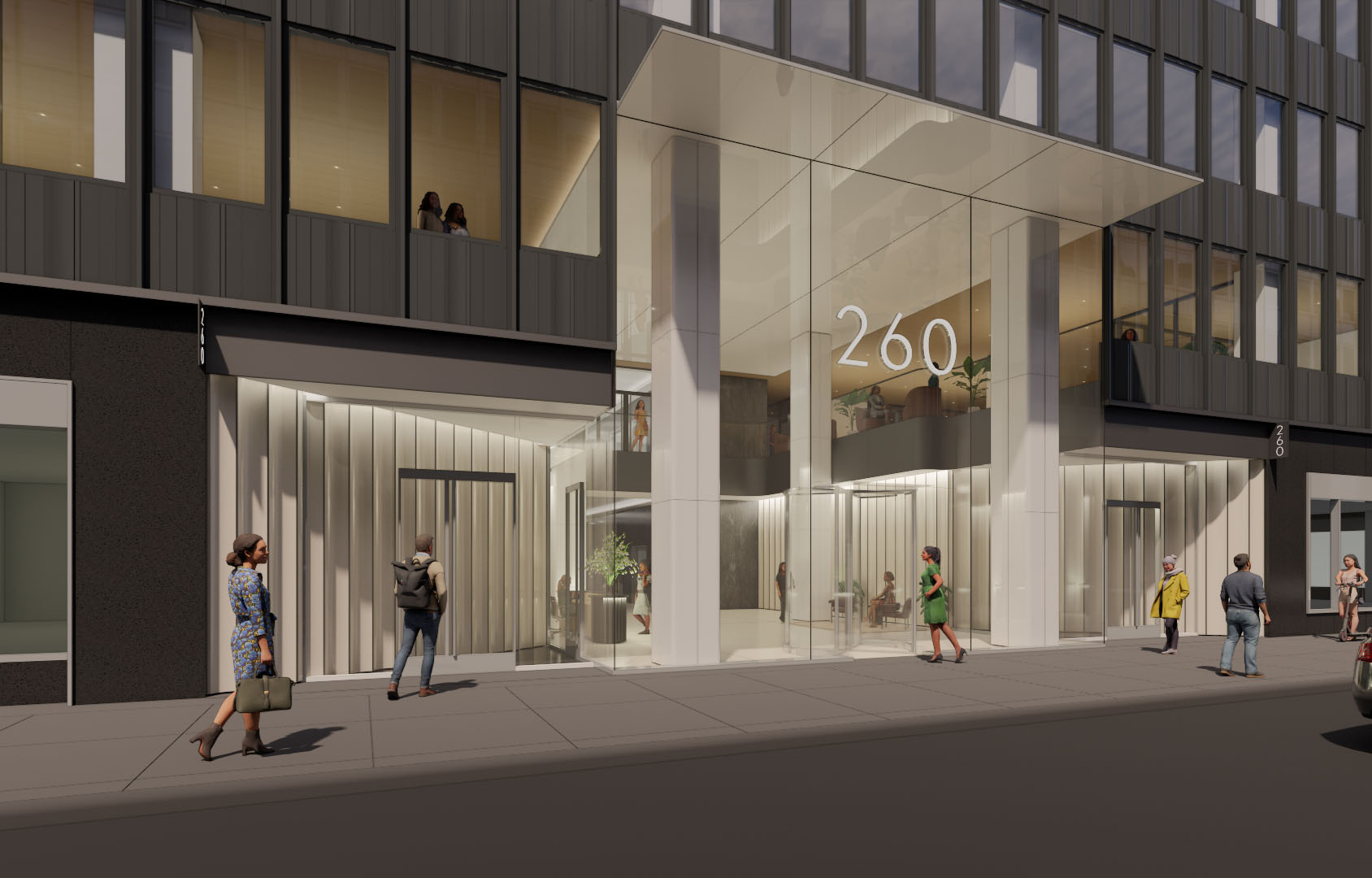Dunne, Neuer, Pride, Bardsley, Gavin and Apfel of CBRE broker $232.5 million sale of 915-unit Patchogue property

Patchogue, NY The CBRE team of Jeffrey Dunne, Jeremy Neuer, Gene Pride, Steven Bardsley, David Gavin and Eric Apfel completed the sale of La Bonne Vie, a 915-apartment community in Patchogue, N.Y. for a total consideration of $232.5 million. The sale comprised of 626 market-rate apartments and 289 age-restricted (55+) apartments. CBRE represented the owners, an undisclosed consortium of partnerships in this transaction. The purchaser, Renaissance Management, is a family office based in the Metro New York area with significant experience in comparable workforce housing.

The offering presented investors with a generational value-add opportunity as 100% of units were preserved in the same condition since the properties were first built over 40-years ago. Due in part to its extraordinary scale, low cost basis and abundant amenities. The purchaser will be planning to invest substantial funds to upgrade the property and provide quality housing to its tenants.
In addition to CBRE Capital Markets’ involvement in the sale, Shawn Rosenthal, Jason Gaccione and Thomas Didio of the Midtown Manhattan Debt & Structure Finance group arranged the financing for Renaissance Management’s acquisition and future planned renovations of La Bonne Vie. The team secured a $200,728,000 senior loan from TPG Real Estate Finance. The three-year loan includes the option for three one-year extensions.
“We are honored to have represented ownership in this rare, generational sale. With their long-term vision and experience, Renaissance will do exceptionally well here with the planned renovation program,” said Dunne. “Workforce housing is one of the strongest performing asset classes within the multifamily space, and Long Island is an incredible market due it its substantial supply constraints and strong rent growth. Workforce housing is coveted because there is simply no way to effectively compete with it. The cost to develop new product is so much higher than the cost basis of workforce housing so developers of new product are forced to target higher income renters.”
Built in the mid-1970’s and 1980’s, the properties represented the cutting edge of multifamily apartment-living at the time with their multiple clubhouses, indoor and outdoor pool facilities, gym, libraries and tennis courts. At the time, such extensive amenity packages were reserved for hotels and country clubs and represented the future of what would become a defining trend of amenity arms races for multifamily developments for decades to come.
AmTrustRE completes $211m acquisition of 260 Madison Ave.


Lasting effects of eminent domain on commercial development - by Sebastian Jablonski

Behind the post: Why reels, stories, and shorts work for CRE (and how to use them) - by Kimberly Zar Bloorian

Strategic pause - by Shallini Mehra and Chirag Doshi









.jpg)
.gif)
.gif)